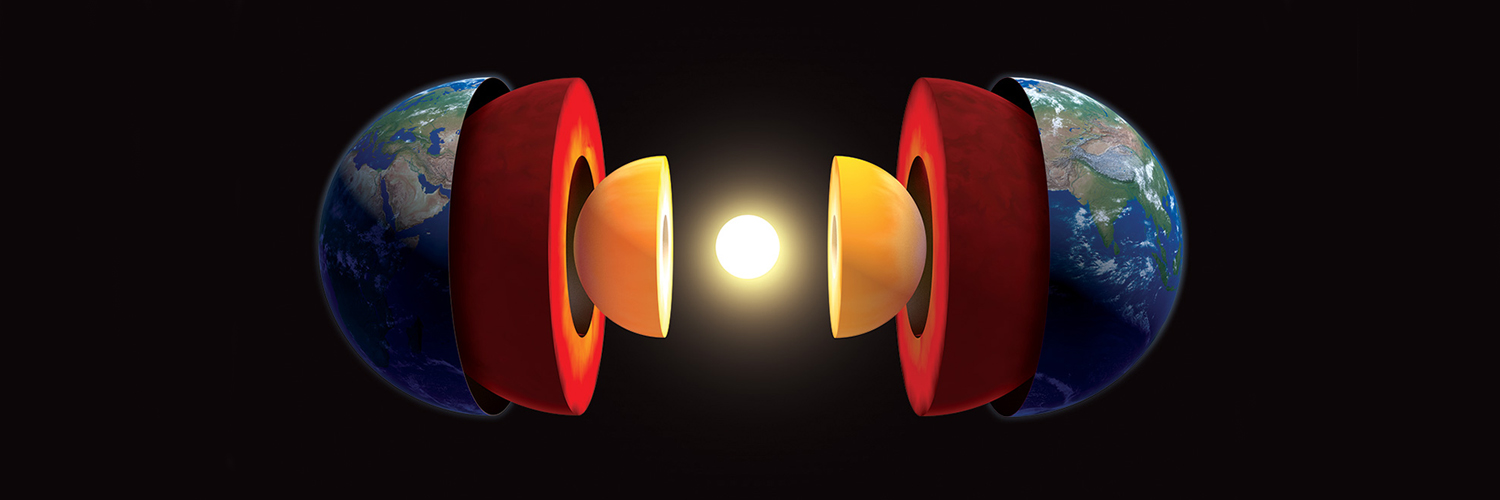
News from Science
@NewsfromScience
The latest stories in science, brought to you by the @ScienceMagazine news team.
New research finds that children who lived close to nuclear waste from the Manhattan Project have a greater risk of developing cancer in their lifetime. scim.ag/3IE2AuF

About 3200 insect species around the world have evolved a structure on their back called a helmet. But the appendage isn’t just for show: It allows for the detection of electric fields—perhaps helping them distinguish friend from foe. scim.ag/3IH9rn5
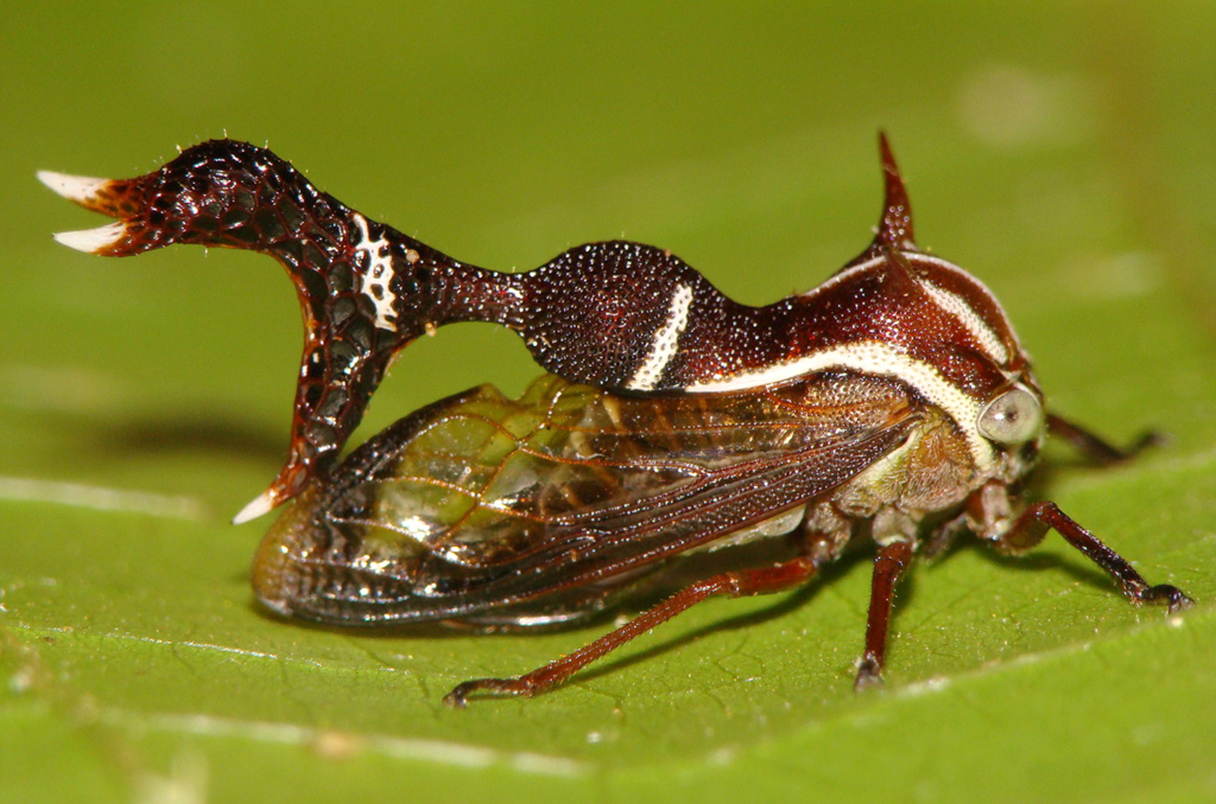
Researchers who study shark attacks on humans have experimented with a variety of methods for preventing harmful encounters. There is no single solution, but layered defenses can help keep swimmers and surfers safe. Learn more: scim.ag/46uuuDn

In honor of #NationalParentsDay, learn how Neanderthal moms could nurture babies with brains bigger than ours. scim.ag/3IYKMu8

In the next few months, Japan will finish work on an instrumented network of seafloor cables and wire it directly into a national early warning system. Learn more: scim.ag/4lFlHmv
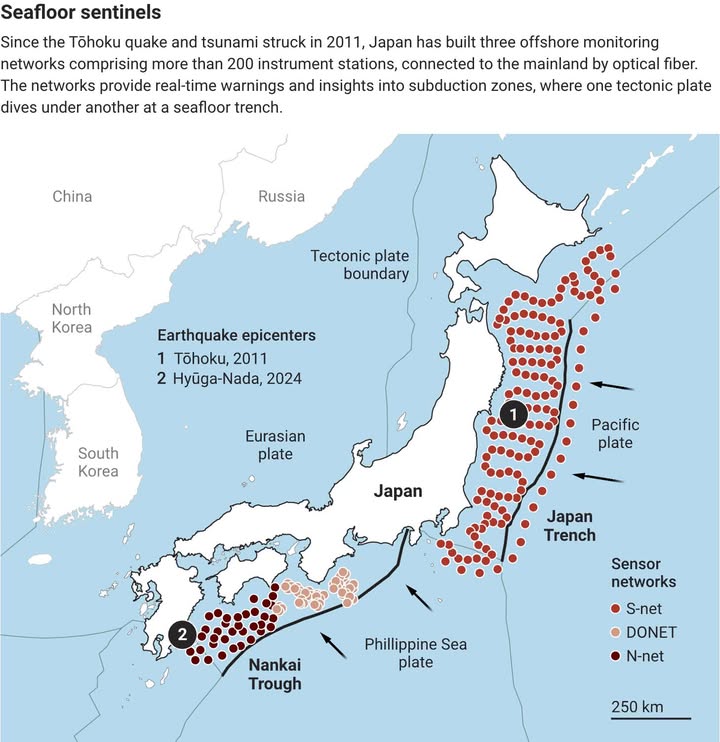
Bon appétit, Jedis. Scientists have created the first lasers made entirely from edible materials, which could someday help monitor and track the properties of foods and medications with sensors that can be harmlessly swallowed: scim.ag/44HD7sR
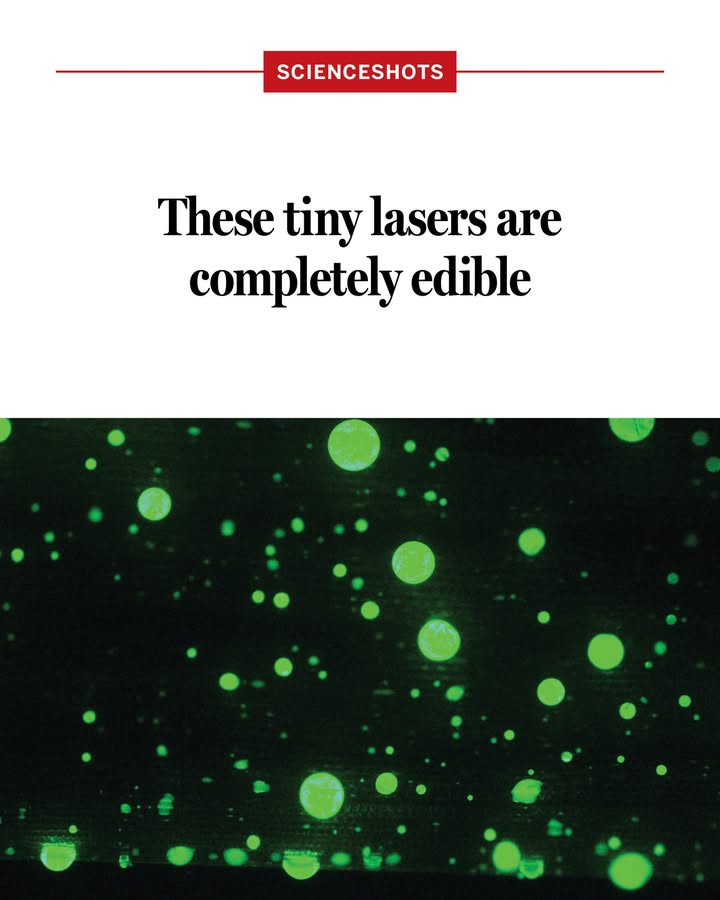
First-of-its-kind footage from the devastating magnitude 7.7 earthquake in Myanmar in March shows a hillside cracking in two, its pieces sliding past one another like a conveyor belt. Learn more: scim.ag/40tPOF9
One of USDA’s largest and most storied research facilities will be closed along with most forest research stations. scim.ag/3J2aSwo

The world’s greatest concentration of ancestral human remains, in South Africa, poses a 2-million-year-old riddle of coexistence. scim.ag/4o6vW4Y #LongReads

The U.S. Congress is pushing back on attempts by President Donald Trump’s administration to make drastic cuts in what the government pays universities to support research on their campus. scim.ag/3IKodJM
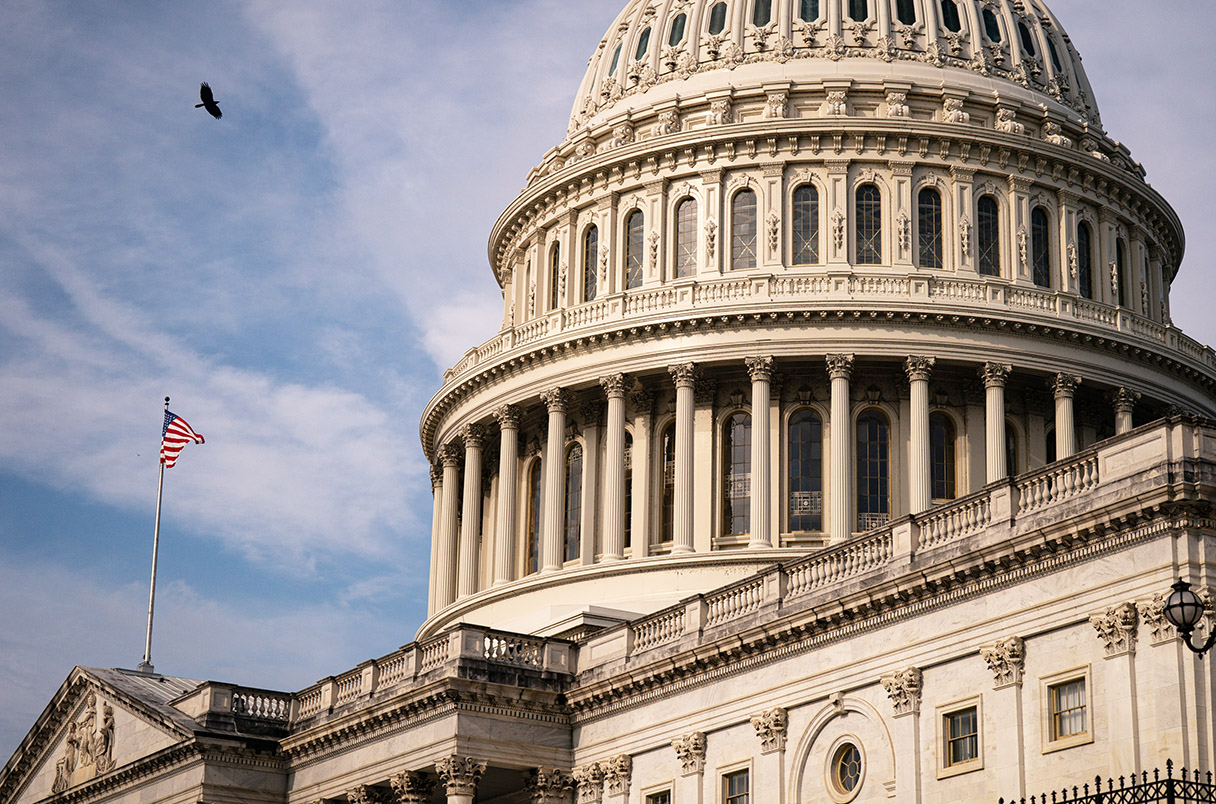
Concealed black or white bands on feathers boost the vibrancy of some songbird plumage. scim.ag/44KsNAl

Rising levels of the potent greenhouse gas methane prompt “delicate” steps into a new kind of geoengineering. scim.ag/4kRrMLm

A 2010 Science paper reported that a microbe found in the inhospitable waters of Mono Lake in California could, unlike other known life forms, use arsenic to grow. Now, the journal has retracted the work. The decision has stirred old controversy—and sparked new debate on when…
Exclusive: A new study envisions future needle-free vaccines that trigger protective immune responses using a special kind of coated dental floss. scim.ag/4m3pXfp

Octopuses fall for the “rubber arm” illusion, just like us. Learn more: scim.ag/45niAsP
Researchers report the discovery of a cheap catalyst that adds hydrogen atoms to oil-like molecules that are liquid at ambient temperature and pressure. That means hydrogen could be stored and shipped in existing tanks, trucks, and pipelines, much like gasoline.…
The $221 million deal that Columbia University reached with the Trump administration over alleged antisemitism on campus is drawing mixed reactions at the university and beyond. scim.ag/4lEVDYM
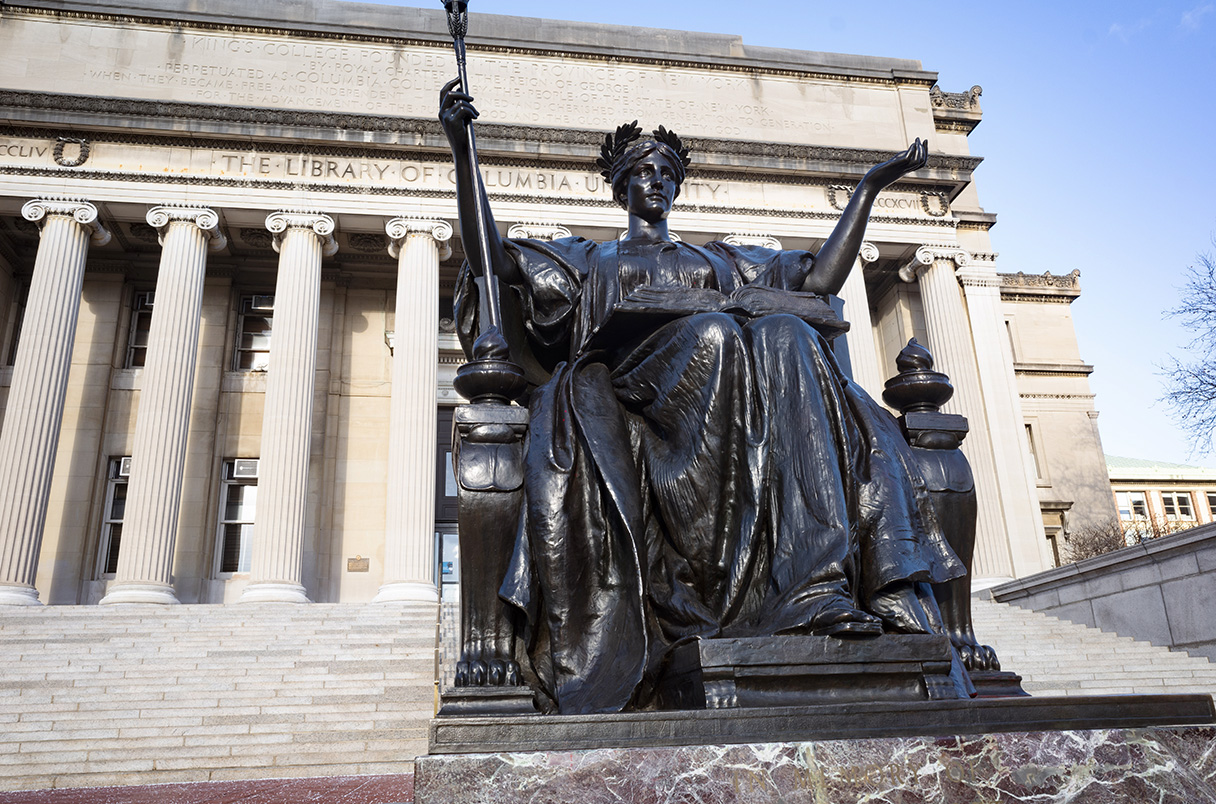
As @piersforster steps down as chair of the influential Climate Change Committee, he chats to @ScienceInsider about his role in guiding the country toward decarbonization. scim.ag/4lMzS9A
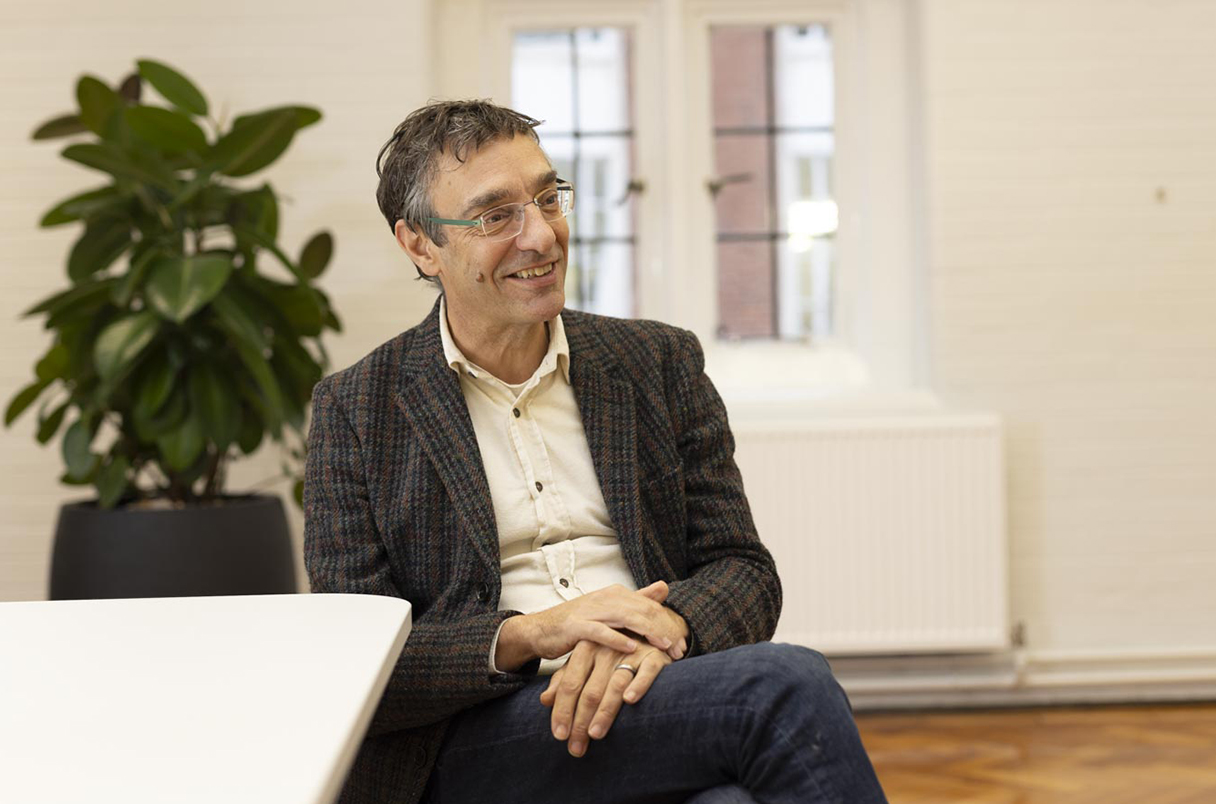
The world’s first high-resolution global map of mycorrhizal fungi—mushrooms that form beneficial relationships with plant roots—reveals that 90% live outside of conservation areas. scim.ag/3H3uijT
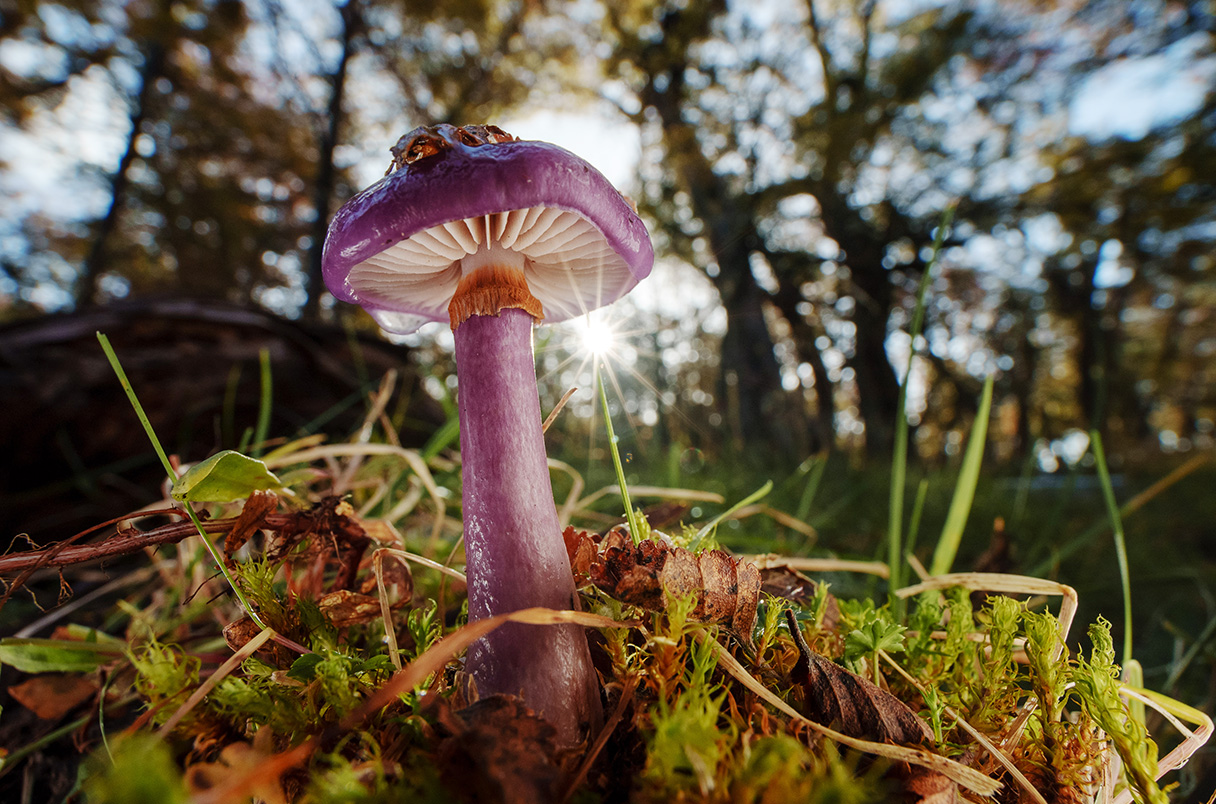
New approach aims to reduce malaria transmission by quickly spreading a gene variant that occurs naturally in some mosquitoes. scim.ag/3UyZkTP
